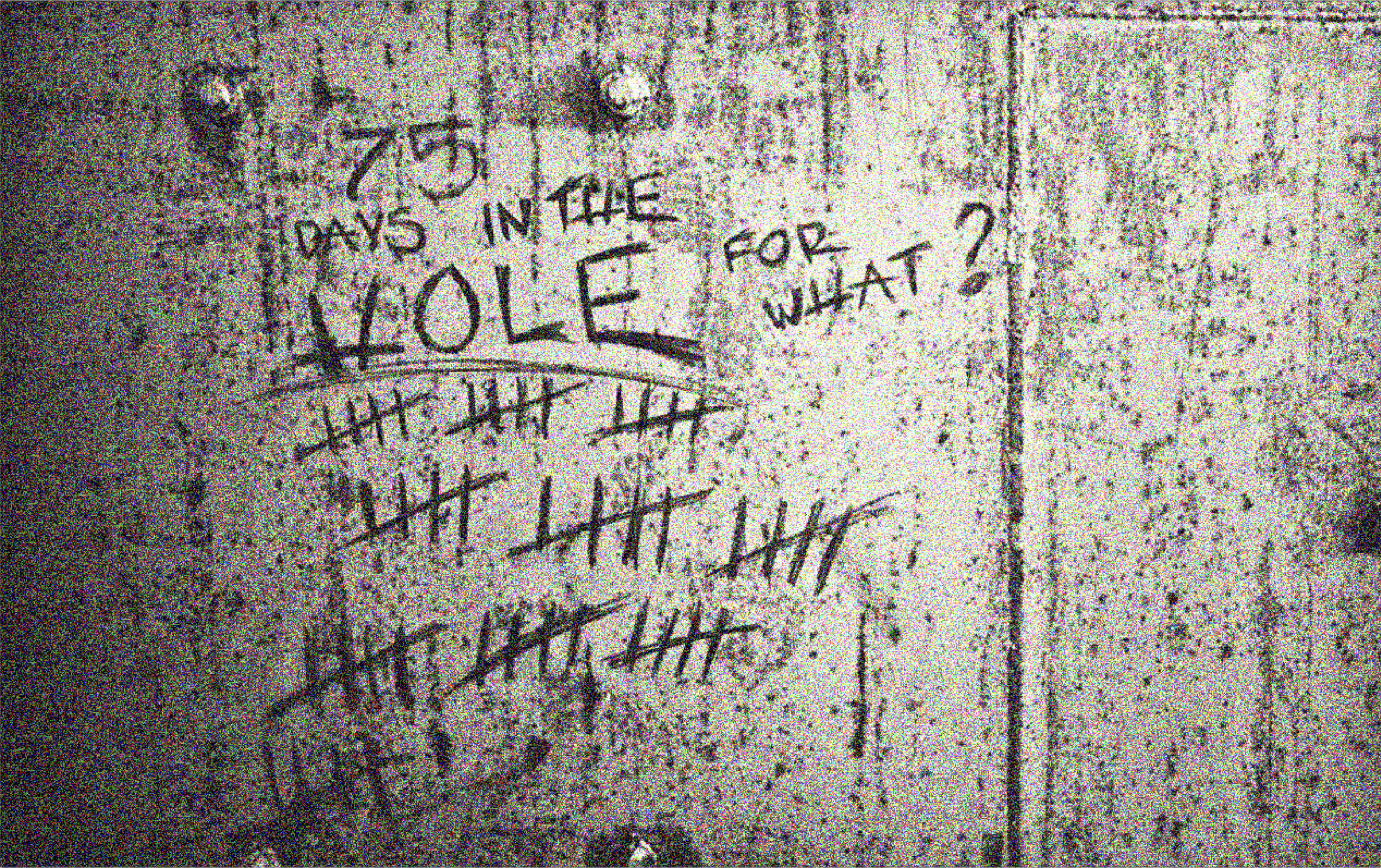
EASTERN STATE PENITENTIARY
Why did a film crew stay over night at America’s most haunted prisons?
This Friday the 13th horror is real…Eastern State Penitentiary in Philadelphia, PA is known as one of the most haunted places in the United States. But it’s true connection to horror is as the birthplace of solitary confinement- -a practice condemned by international law as torture.


BOXED IN is an experiential social media event: a 24-hour “live” stream from an abandoned solitary confinement cell at Eastern State Penitentiary. No humans are in the stream- -just a camera pointed at a wall. The stream will take over the feeds of social media influencers, advocacy organizations, and celebrities.
Every hour, a new quote from a solitary survivor is “etched” into the wall. Quotes are eerie and provocative- -you don’t quite know what it’s referring to, but you want to know more. In reality, each quote illustrates the harsh reality of life for those in solitary and the long term, harmful effects solitary has on individuals. The soundscape is the terrifying sounds of solitary, drawing inspiration from the testimony of solitary survivors. Survivors of solitary and other solitary experts will also be on the livestream chat at various times throughout the stream.
To transition between the hours, there will be audio recordings of letters from solitary confinement. While sounds, testimonials, and stories are interwoven, the feeds don’t leave the cell for 24 hours giving viewers a feeling of intense discomfort and claustrophobia.
IMPACT PARTNERS
MORE ABOUT SOLITARY
Solitary confinement might seem like a niche issue, but it’s a lynch pin in our system of mass incarceration. 122,000 people are in solitary right now and 85% of incarcerated populations experience solitary.







